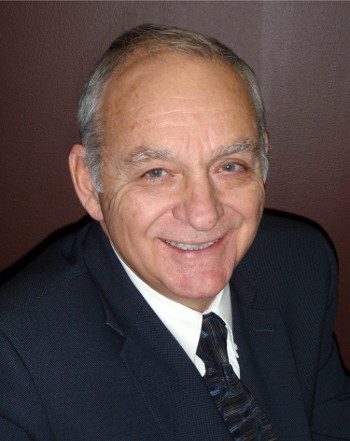(Yes, both spellings are correct.)

Investment advisers invest clients’ money by putting it into securities suggested by professional analysts. They are paid to do so.
The professionals in the multi trillion-dollar investment management industry want us to believe that what they do is brain surgery and rocket science and that we cannot do without their help. Looking at the incomes of the people at the top, you would have to agree with that. In a week, they earn more than a brain surgeon or rocket scientist does in a year. In a year, they earn more than a brain surgeon or rocket scientist does in a lifetime. To paraphrase John Kenneth Galbraith, the salary of a top investment banker is not a market award for achievement. It is frequently in the nature of a warm personal gesture by the individual to himself.
And at the entry level, well, let me quote Michael Lewis from his book The Big Short: Inside the Doomsday Machine.
“The willingness of a Wall Street investment bank to pay me hundreds of thousands of dollars to dispense investment advice to grown-ups remains a mystery to me to this day. I was twenty-four years old, with no experience of, or interest in guessing which stocks and bonds would rise and which would fall. Believe me when I tell you that I hadn’t the first clue. I’d never taken an accounting course, never run a business, never even had savings of my own to manage.”
And where does the money come from to pay these salaries? Look in the mirror.
The commercial and investment banking industries have several revenue streams. Actively managing wealth for trusting investors, charging deeply buried fees is one of them.
And what do investors get for their money?
At the end of December 2016, Standard & Poor’s Index Versus Active investing records show that over a 15-year period more than 92% of professionally actively managed funds failed to equal the simple act of buying and holding a US market index-tracking exchange traded fund (ETF). Within the next few weeks, the Monday Morning Millionaire Program will show you how to teach a high school student how to outperform over 90% of professionally managed accounts over a period of 15 years or longer. Selecting the very small percentage of funds which outperform a US market index-tracking ETF can only be done with hindsight.
For now, we need to know that we need advisers for income tax issues, preparing wills, incorporating, setting up tax-advantaged accounts and more. For effective long-term stock market investing, we should manage our own portfolios, although, checking with a trusted, qualified adviser occasionally on a fee-for-service basis is a good idea. Over the course of an investing lifetime, we would outperform practically all professionally managed accounts and we would save the price on a Model S Tesla in fees.
With one exception, with everything that we do in life, more effort produces more satisfaction by achieving better results. “The harder I work, the luckier I get” is a statement that has been attributed to Thomas Jefferson, Abraham Lincoln, Samuel Goldwin and others. Ski instructors talk about quality mileage as being the only way to become a better skier. It takes about ten thousand hours of practice to become proficient in any field according to Malcolm Gladwell in his book Outliers. Everyone’s life experience is aligned with the direct relationship between effort and reward.
There is one exception – stock market investing. (stock market investing, not stock analyzing)
Regularly investing in a US market index-tracking ETF should take no more than 15 minutes on a Monday morning (or any other time). Paul Samuelson, winner of the 1970 Nobel Memorial Prize in Economic Sciences stated that investing should be more like watching paint dry or watching grass grow. There is no evidence, absolutely none, that working 70-hour weeks or working past midnight produces better results. Goldman Sachs recently banned its junior interns from such a work schedule.
So, what is the secret?
YOU NEED TO LOGIN TO VIEW THE REST OF THE CONTENT OR LEAVE A COMMENT. Please Login. Not a Member? You can now sign up for $12 for a one-year membership. Join Us
